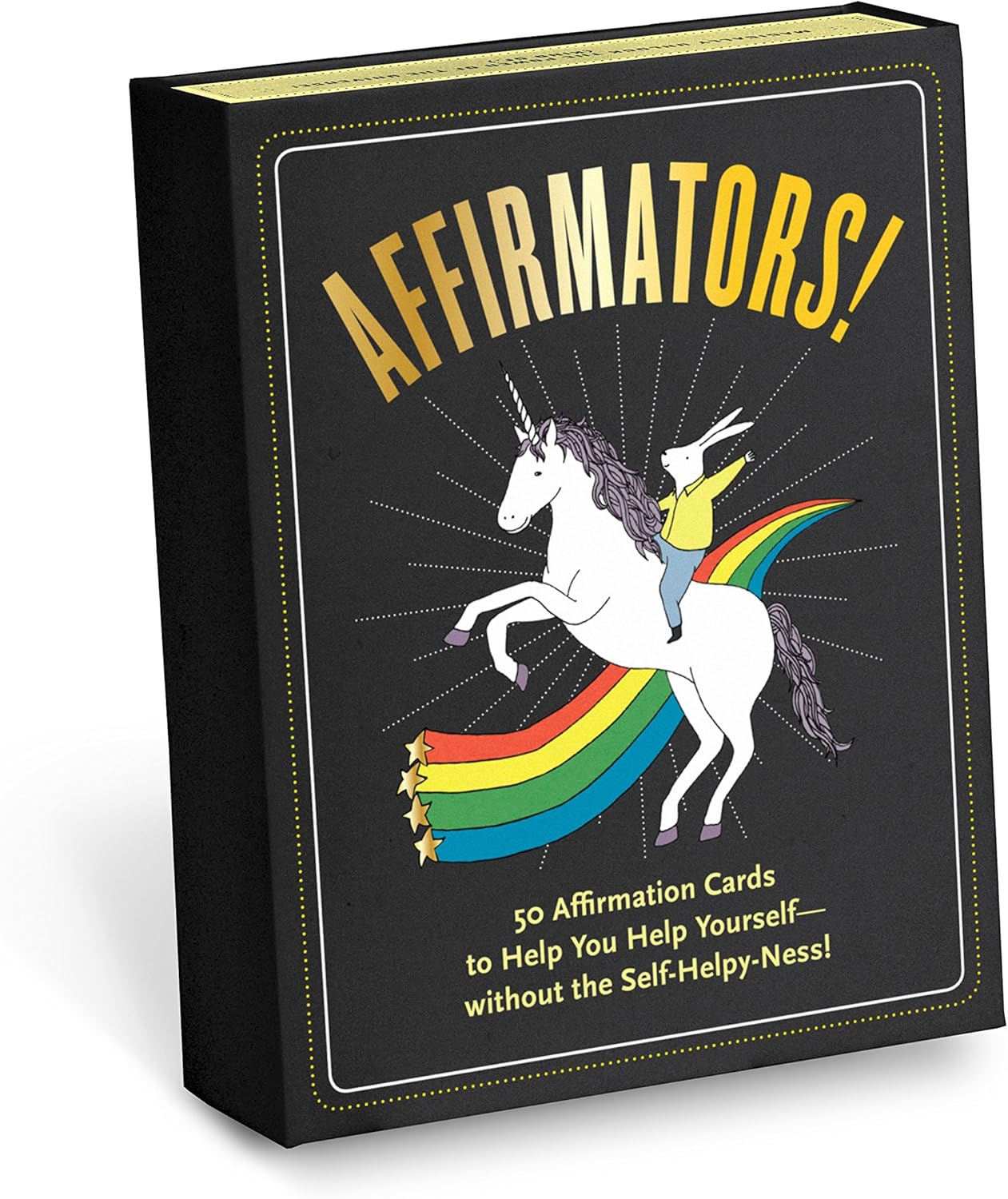Living with fear is among the most debilitating experiences we can have. It steals away the joy and vitality we deserve to live with. Additionally, it contracts us in ways that can cause us to lose our sense of self and ability to make meaningful connections.
But the good news is that we always have a choice—a choice to respond to life situations in whatever way we want.
First, we can choose to live with fear and remain in a closed shell, not exploring our potential and abandoning our goals. Second, we can move beyond our fears, insecurities, and limitations to create the life we always wanted. So, in the end, it’s all about how we make things work.
Also, if you think those who appear courageous are fearless and don’t experience a single moment of doubt or fear, you might be surprised to learn that even the bravest individuals grapple with their insecurities and apprehensions. It’s about operating from a different choice point and deciding to move beyond fears. This is what differentiates them fearless people from the rest of the crowd.
What does it mean to be fearless?
Being fearless doesn’t mean you lack fear; it means you have a mindset that allows you to move forward despite your inhibitions.
It involves prioritizing inspiring thoughts and intentions over your fears and limiting beliefs. When we maintain a resilient attitude and do not get discouraged by our fearful thoughts, we can transition more easily from fear to overcoming it once and for all.
Signs that you have the potential to be Fearless
- You are curious to know ways and behaviors with which you can emerge fearless. (Just like you are making an effort to read this article and learn how to be fearless.)
- You are open to feedback and reflect on your behavior and responses with an intent to improve them for the better and do all it takes to become fearless in your conduct.
- You have shown emotional resilience in past instances and know how to bounce back from setbacks and difficult situations.
- You are willing to take risks and are open to new experiences in life.
- You are determined to maintain a positive inner dialog and focus on possibilities instead of limitations.
- You are quite adaptable by nature and do not hesitate to adjust your plans when faced with obstacles.
- You show commitment to learning from both your successes and failures.
- You do not shy away from embracing your imperfections and maintain a comfortable stance with your flaws and mistakes.
- You have confidence in your abilities, and you consistently reflect on your experiences.
- You practice emotional resilience and understand the fluctuations in your emotions related to your fears and insecurities.
How to Become Fearless?
You might want to have a quick resort to overcoming your fears, but this is not how it works. Moving away from your fears to a fearless attitude takes mental clarity and unwavering conviction to work through your fearful thoughts and limitations.
#1: Acknowledge Your Fears
To move past your fears, it is important to acknowledge them in the first place. Becoming conscious of what makes you fearful and how it impacts your decisions and actions is the first step to conquering it.
It could be anything. It can be a fear of failure, where you might live in the apprehension of failing in your endeavors. It can be fear of rejection, where you might fear the repercussions of being rejected in a relationship or a job interview. It could be a fear of public speaking, where you might fear negative judgment from others or the possibility of embarrassing yourself in front of an audience.
👉 Pro Tip
Write down your fears. Acknowledging them can help you understand what holds you back, making them less daunting.
How to Know It Worked: After a week of regularly writing down your fears, reflect on how you feel about them. You should notice a decrease in anxiety around those fears, making it easier to confront and address them.
#2: Broaden Your Perspective
Fear is nothing but the probable outcomes (generally negative) we anticipate in our minds. The best way to cut through them is to broaden our perspective consciously.
Let’s see how we can work around our fear. Whenever you are stuck in a situation and catch yourself thinking about the negative outcomes, stop there and then try to think about the positive outcomes. It will help you shift your focus. For example, you have a job interview lined up for you this week. Instead of thinking about what can go wrong, consciously think about what can go right.
👉 Actionable Tip
Practice positive visualization. Take a few minutes each day to visualize a positive outcome for situations that typically make you anxious. Imagine the best-case scenario and how you would feel achieving it.
How to Know It Worked: Keep track of instances where you shifted your thoughts from negative to positive. You should begin to feel more optimistic and less fearful about situations that previously caused anxiety.
#3: Leave Your Comfort Zone
It’s paramount that we realize the importance of leaving our comfort zone.
Let’s try to understand it with the help of an example. For instance, you might be nervous about relocating to a different city. You might think, “What if I am not able to adjust to the new norms and culture of the city? “What if I fail to manage my finances? What if I can’t make new friends or acquaintances?”
Recognize that these are merely the negative outcomes you are imagining, and this perception is what generates fear in your mind.
👉 Actionable Tip
Challenge yourself to take one small step outside your comfort zone each week, whether that’s trying a new activity, meeting new people, or taking on a new responsibility.
How to Know It Worked: After a month of taking small steps outside your comfort zone, reflect on how these experiences have changed your feelings about fear and uncertainty. You should feel a greater sense of resilience and openness to new experiences.
#4: Don’t Fear Failure
Adopting an accepting attitude towards failure is a great skill to master. When we understand and accept failure as a part of our lives, we evolve to the next step and move against our limiting thoughts and beliefs. The thing about failure is that we often resist failure, which keeps us stuck at the same point. We naturally move in the opposite direction of failure.
For instance, you started a new marketing campaign, and it didn’t go well. Instead of feeling bad about it, focus on writing strategies that didn’t work well. Furthermore, you can work towards making future plans. This process will help you see failure as a learning opportunity rather than a setback.
👉 Actionable Tip
Keep a “failure journal” where you document your failures and the lessons learned from each experience. Aim to reflect on at least one failure each week.
How to Know It Worked: Over time, review your failure journal and notice any patterns in your learning. You should find that you have become more resilient and less fearful of taking risks.
#5: Embrace Imperfections
We naturally cultivate fear when we chase perfection. Learning to embrace imperfections and working towards them is not about lowering the standards. It’s more about understanding the flow of life and aligning your pace and intentions with the genuine self.
Imagine yourself as a garden. Just like the beauty of a garden is defined by the combined presence of grass, plants, trees, and wild vegetation, our true existence shines bright when we accept ourselves in totality, along with our imperfections.
👉 Actionable Tip
Create a list of personal traits or skills you consider imperfections. Choose one to embrace and work on over the next month, focusing on self-acceptance rather than perfection.
How to Know It Worked: Reflect on your feelings of self-acceptance over the month. You should notice reduced self-criticism and an increased sense of peace with who you are.
Practical Tips to Become Fearless
- Challenge negative thoughts. Whenever you catch yourself thinking negative thoughts, such as, ‘I will fail,’ replace them with constructive thoughts like, ‘I am capable of handling this.’ For better results, you can also use affirmation cards.
- Learn to embrace failures. When we master the art of accepting our failures, we become mature and learn to live with grace.
- Practice deep breathing. When faced with fear, shifting your focus on your breath can significantly ease your mind and body.
- Break down your larger goals into smaller, manageable tasks. For example, if you fear public speaking, start by speaking up in a small group meeting before progressing to larger audiences.
- Practice visualization. Before facing a feared situation, spend a few minutes visualizing yourself succeeding. Imagine the scenario in detail—what you’re wearing, how you feel, and the positive reactions of others.
- Try taking calculated risks. Make a list of things you’ve always wanted to try but felt afraid to do. Choose one to attempt this month, whether it’s trying a new sport or applying for a job that feels out of reach.
- Limit exposure to fear triggers. If certain media or environments (like news or social media) increase your fear or anxiety, consider taking a break from them. Instead, engage with content that inspires and uplifts you.
- Seek professional help if needed. If fears significantly hinder your daily life, consider talking to a therapist or counselor. They can provide tailored strategies to help you effectively confront and overcome your fears.
Final Thoughts
The key takeaway of this article is understanding that fear is not our enemy. We might repel it, considering it a negative emotion, but we must know that it plays a vital role in our evolution. By embracing our fears and adopting a growth mindset, we can learn a new way of approaching challenges.
Remember, it is crucial to step outside your comfort zone. As you continue to cultivate fearlessness, you’ll successfully overcome your obstacles and continue to inspire others in their journey of becoming fearless.






















